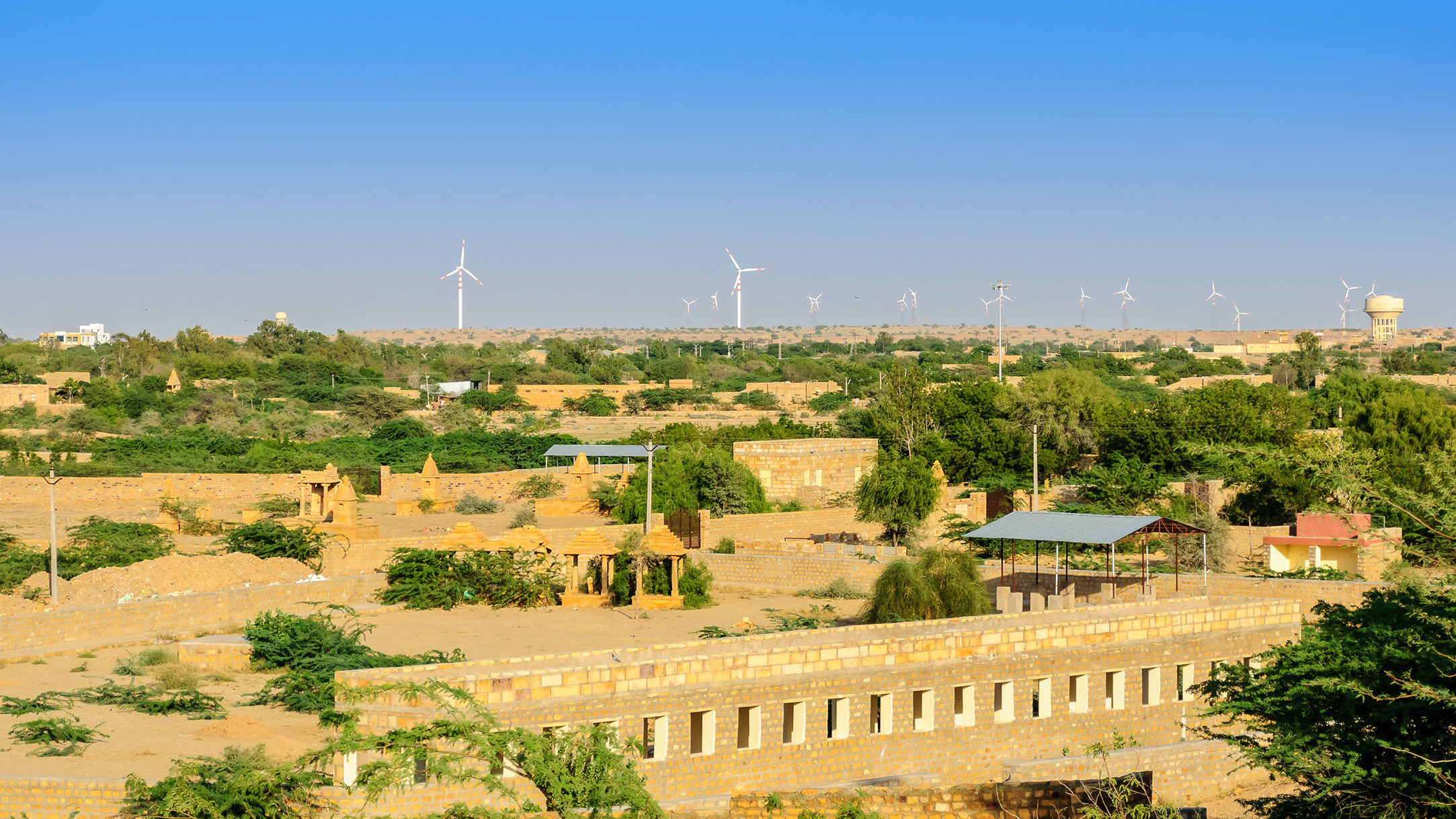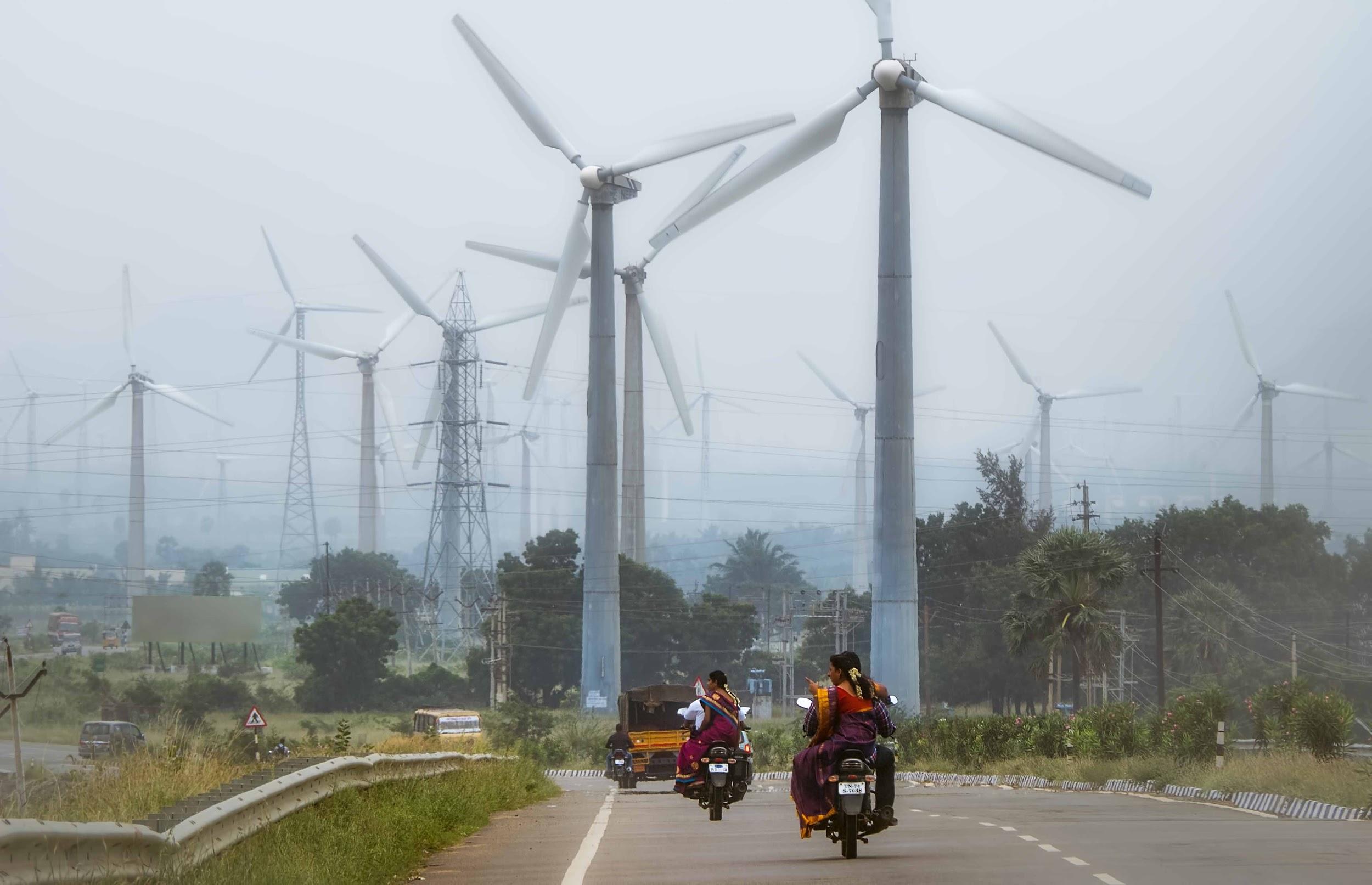India can achieve its vision of energy independence by 2047, according to a new study titled Pathways to Atmanirbhar Bharat (which translates to “self-reliant India”), released by the U.S. Department of Energy’s Lawrence Berkeley National Laboratory (Berkeley Lab).
Examining India’s three most energy intensive sectors (power, transport, and industry), the study determined that achieving energy independence will generate significant economic, environmental, and energy benefits. This includes $2.5 trillion in consumer savings through 2047, reducing fossil fuel import expenditure by 90% or $240 billion per year by 2047, enhancing India’s industrial competitiveness globally, and enabling India’s net-zero commitment ahead of schedule.
“India’s energy infrastructure requires a $3 trillion investment in the coming decades, and our study finds that prioritizing new energy assets that are cost-effective and clean is crucial for long-term financial sustainability.”
– Amol Phadke, Berkeley Lab staff scientist
India is the third largest energy consumer in the world and its energy demand will quadruple in the coming decades thanks to the rapid economic growth. Currently, it must import 90% of the oil, 80% of the industrial coal, and 40% of the natural gas it consumes. Price and supply volatility in the global energy markets, as witnessed in recent years, strain India’s foreign exchange reserves, resulting in economy-wide inflation.
“The case for clean energy has never been stronger. India has achieved the world’s lowest renewable energy prices and has found some of the world’s largest lithium reserves,” said Nikit Abhyankar, Berkeley Lab scientist and the lead author of the study. “This can propel India towards cost-effective energy independence in a way that is economically and environmentally advantageous.”
The study shows that India’s energy independence pathway would involve the power sector installing more than 500 GW of non-fossil electricity generation capacity by 2030, a goal already announced by the government, followed by an 80% clean grid by 2040 and 90% by 2047. Nearly 100% of new vehicle sales could be electric by 2035. Heavy industrial production could shift primarily to green hydrogen and electrification: 90% of iron and steel, 90% of cement, and 100% of fertilizers by 2047. Most of the lithium needed (estimated 2 million tons by 2040) for manufacturing new electric vehicles and grid-scale battery storage systems could be produced domestically using newly discovered reserves. In addition, Indian industry must transition to clean technologies such as EV and green steel manufacturing. India is one of the world’s largest auto and steel exporters, with their largest markets in EU countries committed to carbon neutrality and a potential carbon border adjustment tariff.
“India’s energy infrastructure requires a $3 trillion investment in the coming decades, and our study finds that prioritizing new energy assets that are cost-effective and clean is crucial for long-term financial sustainability,” said Amol Phadke, Berkeley Lab scientist and a co-author. “India can leverage the existing policy framework it has laid out to expand the clean energy deployment.”
The study finds that India has a unique advantage to leapfrog to a clean energy future since the bulk of its energy infrastructure has yet to be built. India’s growing energy demand offers a significant runway of fifteen years for the existing fossil energy assets to transition to clean energy. This transition will be important to do in concert with the most affected communities, ensuring an equitable transition for the country’s workforce.
This energy transition would require significant policy support, including deployment mandates for clean technologies, financial and policy support for emerging technologies such as green hydrogen, and investment in domestic manufacturing capacity.
“We find that India will embark on an ambitious energy transition in the coming decades,” said Priyanka Mohanty, a co-author and researcher at Berkeley Lab. “However, the transition runway provides time to strategically deploy clean technologies at scale and plan for a just transition.”
# # #
Founded in 1931 on the belief that the biggest scientific challenges are best addressed by teams, Lawrence Berkeley National Laboratory and its scientists have been recognized with 16 Nobel Prizes. Today, Berkeley Lab researchers develop sustainable energy and environmental solutions, create useful new materials, advance the frontiers of computing, and probe the mysteries of life, matter, and the universe. Scientists from around the world rely on the Lab’s facilities for their own discovery science. Berkeley Lab is a multiprogram national laboratory, managed by the University of California for the U.S. Department of Energy’s Office of Science.
DOE’s Office of Science is the single largest supporter of basic research in the physical sciences in the United States, and is working to address some of the most pressing challenges of our time. For more information, please visit energy.gov/science.



